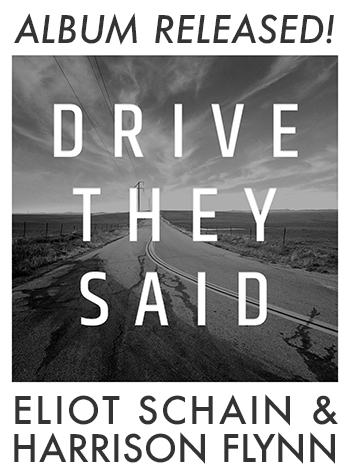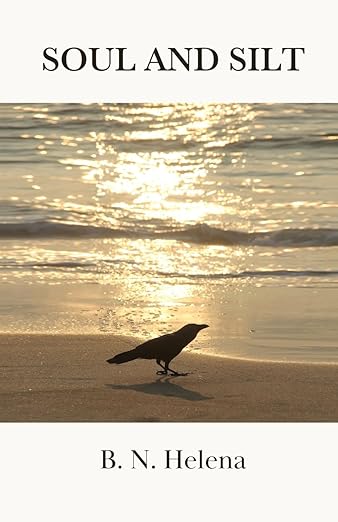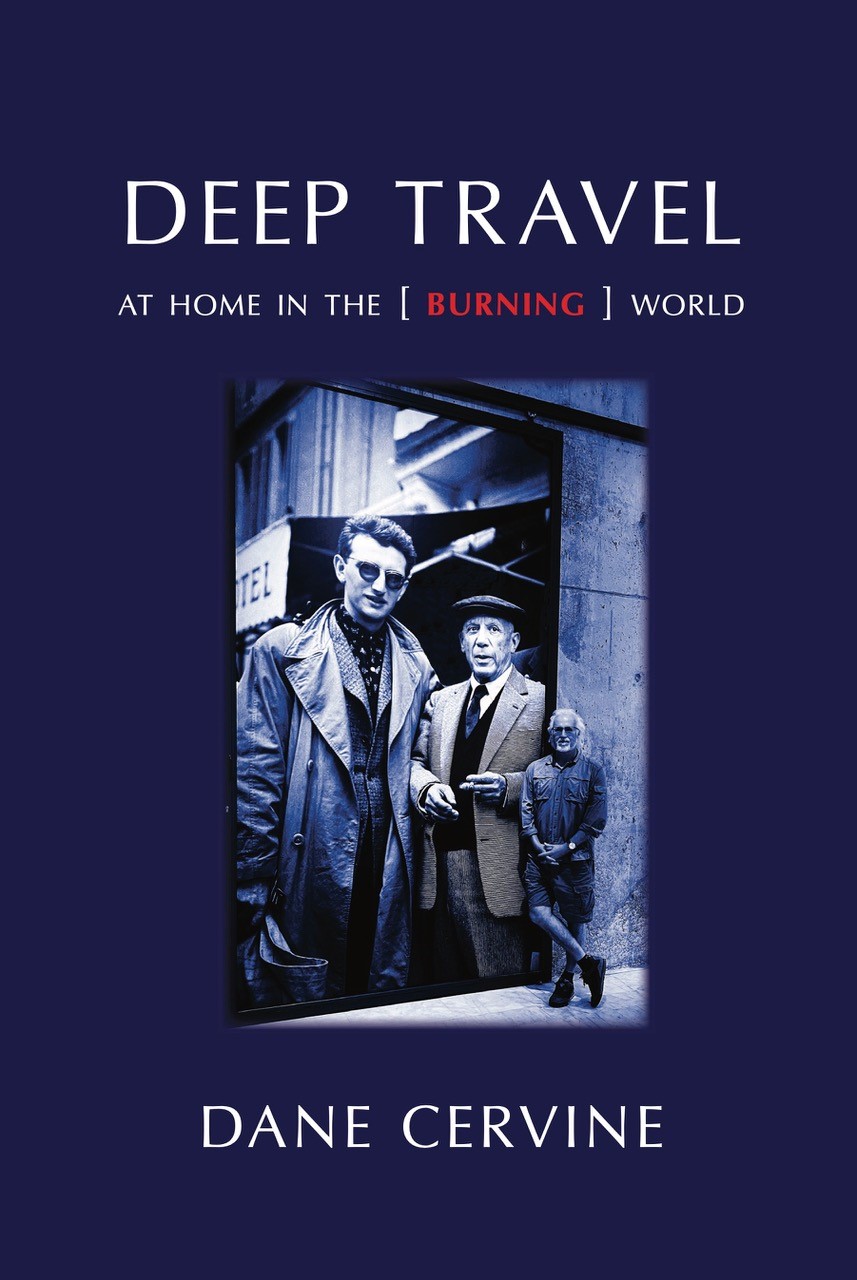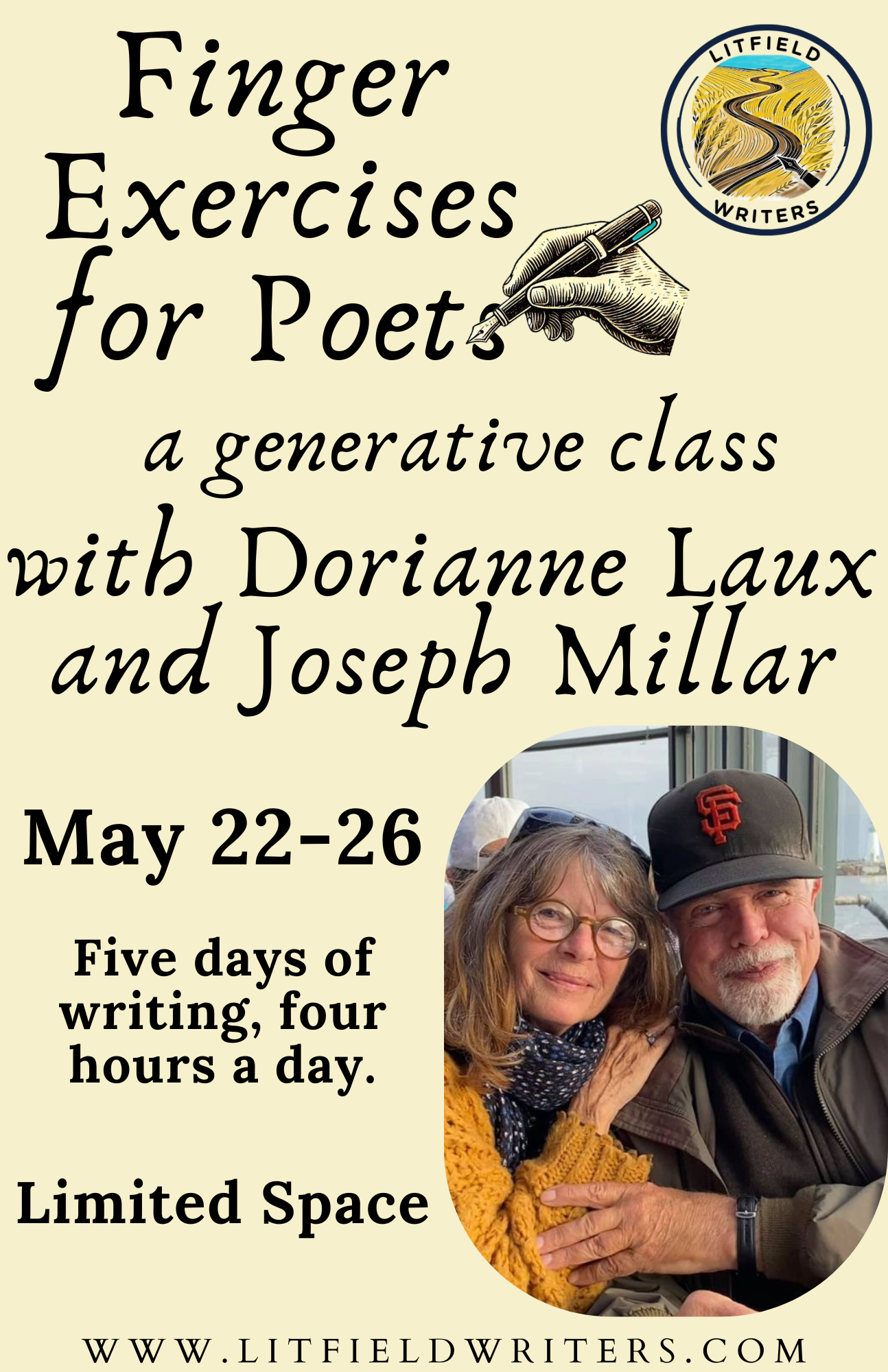
Fruit of the Poisoned Tree
by Mick Parsons
Kerouac: The Last Quarter Century,by Gerald Nicosia, Noodlebrain Press, Corte Madera, California, 2019, $24.95 paperback.
GERALD NICOSIA, WHO became known in 1983 with the publication of his acclaimed Kerouac biography Memory Babe, has spent several decades both as a post-Beat poet living and working among the Beat poets, many of whom became his friends, and also championing the rights of Kerouac's own blood family, Jack's daughter Jan and his sister's son, Paul Blake, Jr. In his new book Kerouac: The Last Quarter Century, Nicosia tells not only how Kerouac's literary fortunes rose from almost nothing at the end of the 1960s to an estate now valued at close to $35,000,000, but he also tells what happened to Kerouac's real family, who got left by the wayside.
I don't know what's more heartbreaking: that Gerald Nicosia has laid open the story behind the retail fetishizing of arguably one of America's greatest writers, exposing a cancerous mass of intimidation, collusion, and conspiracy; or that the very existence of this book screams out of a larger injustice that one book alone cannot address. With pictures, court records, and decades of research and documentation, Nicosia pieces together a narrative that should make every genuine scholar angry, every writer cautious, and all Kerouac fans just pissed as hell about the shabby treatment of the Beat writer's memory and archives. Kerouac: The Last Quarter Century isn't just one more Kerouac book; it's a book born out of necessity. I don't know whether Nicosia succeeds in making a larger statement about the revisionism of history or about the rewriting of current events, as he asserts in the preface, claiming "there is an escalating loss of truth in modern life"; but he does call attention to a rot that's attacked the root of American scholarship. However, in calling for Kerouac fans to start thinking about what the writer really stood for, he draws our attention to the same line in the sand he's been manning for forty-six years. "It was not commerce or capitalism or local boosterism," Nicosia reminds us, "but rather universal Sacred Heart."
Jack Kerouac—the man—died in St. Petersburg Florida in 1969 of an esophageal hemorrhage brought on by years of alcoholism. Jack Kerouac—the myth—took root only after decades of work by Kerouac's friends, fellow writers, and by Nicosia, whose Memory Babe is still THE definitive Kerouac critical biography. Kerouac: The Last Quarter Century gives us Nicosia's view behind the scenes of trying to write the biography with no help at all from Stella Sampas Kerouac, Jack Kerouac's widow, although initially he received some help from Stella's brothers, Nick, Tony, and John. After the book came out, the Sampases were less than happy with some of Nicosia's revelations—such as the fact that Kerouac was trying to divorce Stella when he died, and that he had disinherited her in favor of his mother and his actual "blood line"—and, from this point on, they waged a war against the book with the aim of making it disappear completely. Nicosia recounts not only watching Memory Babe be discontinued by the original publisher while it was arguably still selling enough to justify its continued printing right at the time they struck a deal with the Sampas family to publish Kerouac's major works and The Beat Reader; but also being physically excluded (removed, actually), along with his friend Jan Kerouac, from New York University's Jack Kerouac conference in 1994 at the demand of John Sampas. Nicosia doesn't pull any punches here; there are places in the book where his anger is palpable. And make no mistake: this is, in many ways an angry book; it's a sad and angry book, especially given the court-record-supported descriptions of how the Sampas family treated their cash cow's only living relatives: daughter Jan Kerouac and nephew Paul Blake, Jr., both of whom were nearly destitute at the time of their deaths.
While it's true that the Sampas family made certain concessions to Jan Kerouac by agreeing to pay her half of Jack Kerouac's royalties—a concession mandated by U.S. Copyright Law, and which they later tried to get out of doing—that came with the stipulation that she agree to use the Sampas family literary agent, Sterling Lord, as her own literary agent. But, as Nicosia acknowledges, the full story of Jan's legal fight "is long and complex and needs to be told elsewhere," and all he attempts to do is "hit the highlights." He makes it clear, though, that once she filed the lawsuit her own literary ambitions and her rights as Jack's only child were dead in the water. And Jack's nephew, Paul Blake, Jr., had not a single leg to stand on in the prevailing Sampas family narrative.
The kicker of the whole story, also substantiated by court documents, is that Gabrielle Kerouac's will—the one Stella and then John Sampas used as their justification to try and write Nicosia out of the public conversation, and also to sell off Kerouac's archives like mismatched salt shakers at a yard sale, most notably the $2.43 million sale of the "Kerouac Scroll" to Indianapolis Colts owner Jim Irsay—was actually ruled a forgery in 2009 by Judge George Greer in the Probate Court of Pinellas County, Florida, a verdict later upheld in 2011 by a three-judge panel in the District Court of Appeal in Florida, Second District. So, while Jan Kerouac was dying of kidney failure and Paul Blake, Jr., was homeless and living in his pick-up truck, the Sampas family was profiting from one of the largest literary cash cows of the latter twentieth century. Based entirely on a lie.
Nicosia acknowledges that the Sampas family has released a lot of Jack's work into the world and in this way has added to the scholarship about him and other Beat writers. But he never wavers from his assertions that the Sampas family has been scrupulously sculpting a marketing-friendly persona of Kerouac, devoid of the writer's so-called "dark side—excising evidence of the damage done by his alcoholism, his anti-communist paranoia (people forget that he was on good terms with conservative commentator William F. Buckley, Jr.), and his homosexual liaisons—all of which run contrary to the cool, macho counter-culture image that's been so carefully sculpted and sold by the Sampas family. And while Nicosia recounts how time and again his concerns and his place in the larger conversation are summarily ignored—he claims that Ann Charters sourced Memory Babe at least twice while editing Kerouac's letters without citing him—his assertions have been supported by the poet Clark Coolidge. In his April 1995 review of Jack Kerouac: Selected Letters 1940-1956, Coolidge takes Charter to task for the same unjustifiable censorship of Kerouac's posthumous works.
It should be noted that while every public statement by the Sampas Family, by their handpicked editor Ann Charters, and by others is referenced and lends support to the author's assertions of being targeted, along with Jan Kerouac and Paul Blake Jr., at no point do any of them lend their side of the story to Nicosia's new book. This is both problematic and not surprising; even the 2011 final appellate court decision has failed to change the Sampas family's public narrative or their assertion of control over the archives, the memory, and the money made by Jack Kerouac's writings since his death.
And that is part of what makes this such a sad, angry book. Jack Kerouac's legal and cultural legacy is still in the hands of people who, according to the court, gained it under false pretense. Moreover, it becomes clear that while we may never know the whole story—again, the Sampas family or anyone connected were not quoted except from public record—it's difficult to escape the conclusion that something is terribly wrong with the state of the Kerouac archives and Kerouac scholarship, as well as with the handling of his legacy. The exploitation of his life and works is the sour fruit of a very sick bodhi tree. ![]()
Mick Parsons' work appears in the March 2020 issue of Thimble Magazine, semantikon.com, and many other publications. He's the author of two poetry books, several chapbooks, a collection of short stories, and a novella, and has organized open mics and readings all over the Midwest. He often publishes new work on Instagram (@dirtysacred), maintains a regular blog at dirtysacred.com, and is also the host and producer of the podcast, Record of a Well-Worn Pair of Travel Boots.
— posted JUNE 2020




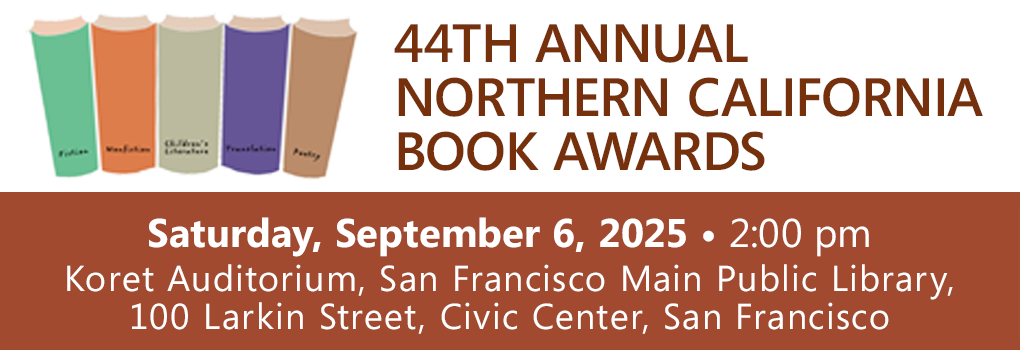



































 So Far So Good: Final Poems, 2014-2018
So Far So Good: Final Poems, 2014-2018  Abandoned Poems
Abandoned Poems 














 Mississippi
Mississippi 





















































